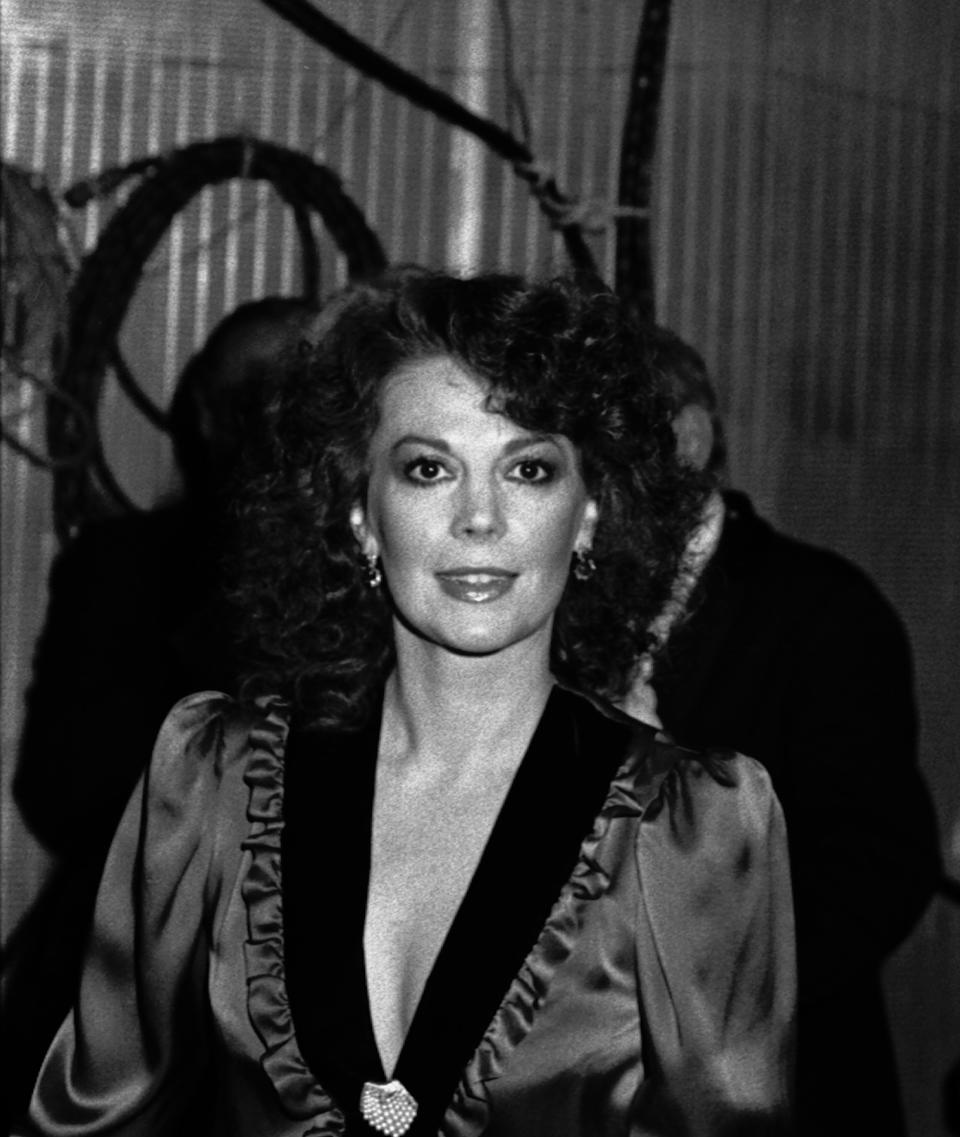13 Dark Facts About How Old Hollywood Was That Are Really Jarring
- Oops!Something went wrong.Please try again later.
- Oops!Something went wrong.Please try again later.
WARNING: Given the nature of this post, there is disturbing content ahead. Please proceed with caution, and take care of yourself.
Say what you will about the state of Hollywood today, but it's come a long, long way from its beginnings.

Netflix / Via giphy.com
Back in the so-called "Golden Age," actors were often paid poorly, treated badly, and were expected to pull off some dangerous stunts in the name of movie magic.
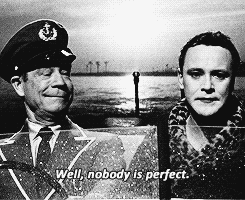
United Artists / Via giphy.com
So, with that in mind, here are just a few of the really unsettling stories to come out about Hollywood's past:
1.Shirley Temple revealed a disturbing punishment for child actors of her time.
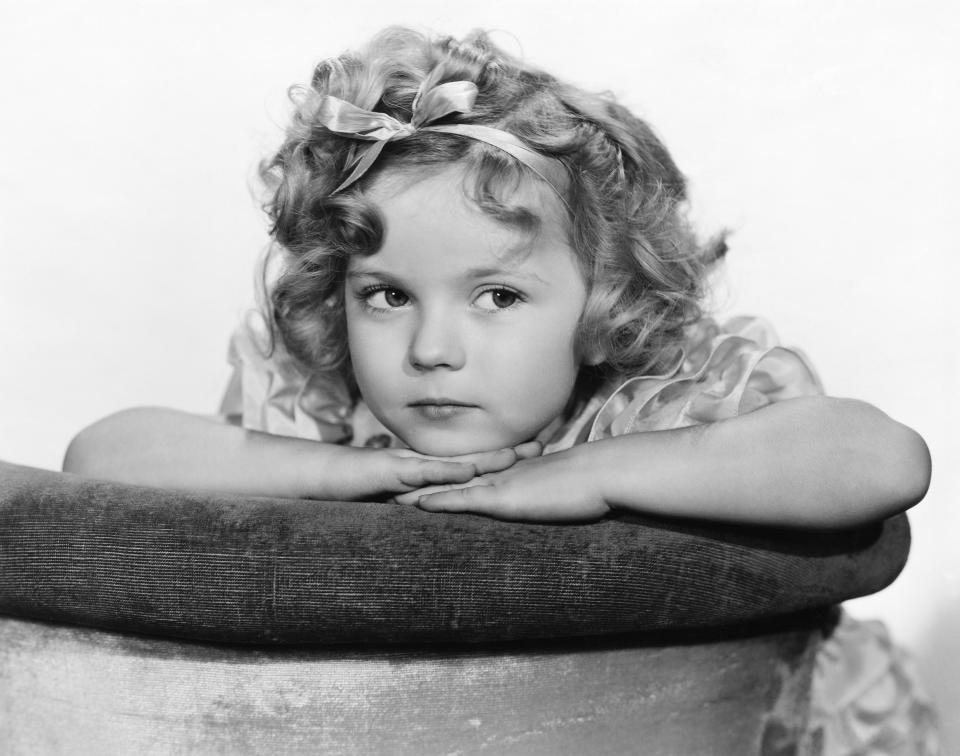
In her autobiography, Child Star, Temple recalled that child actors were made to sit on a block of ice when they misbehaved, nicknaming the punishment "the black box."
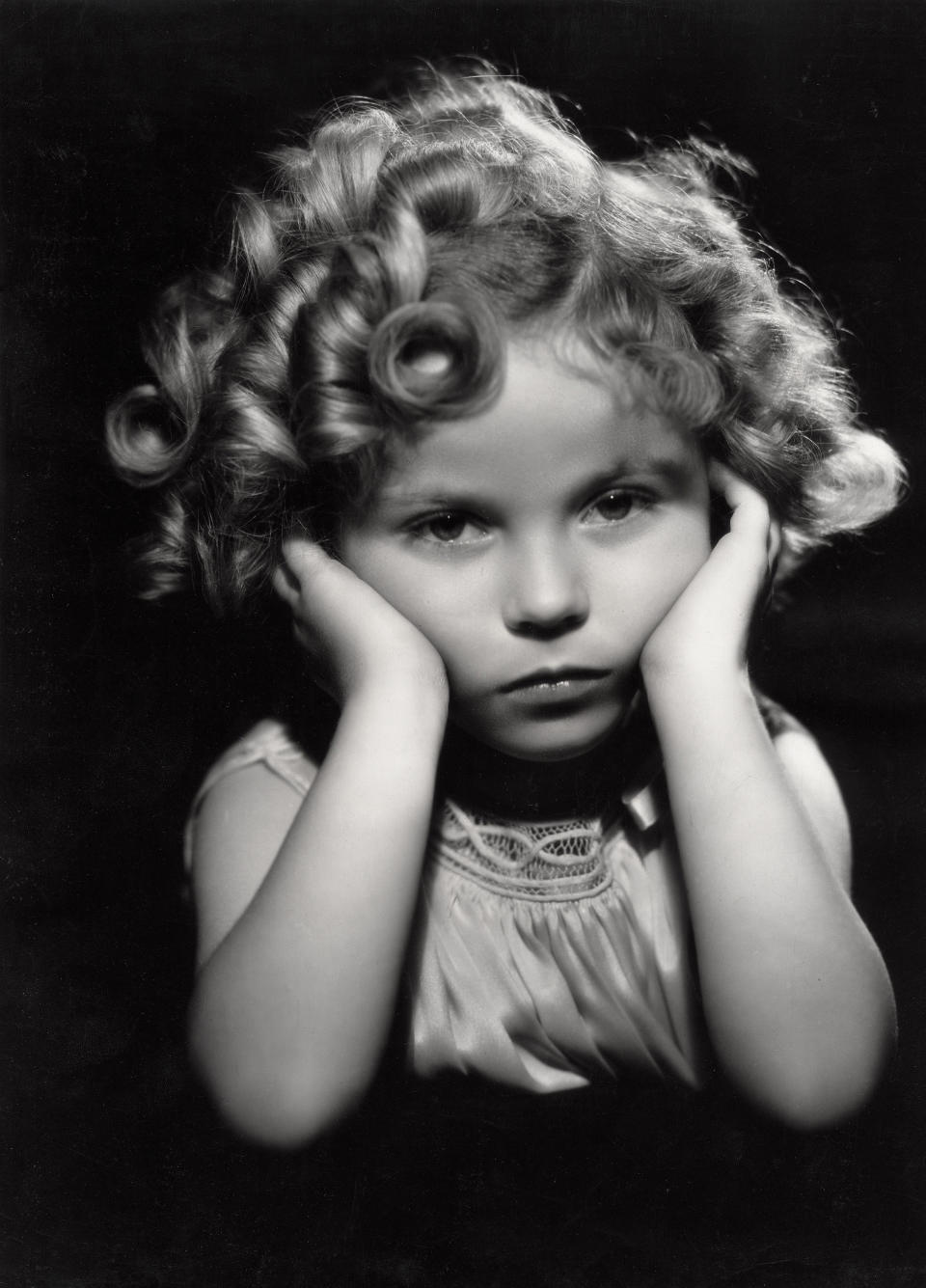
"So far as I can tell, the black box did no lasting damage to my psyche," she wrote of the experience.
2.Tippi Hedren was traumatized in a "brutal and ugly and relentless" way during filming process of the iconic scene where she is attacked in The Birds.
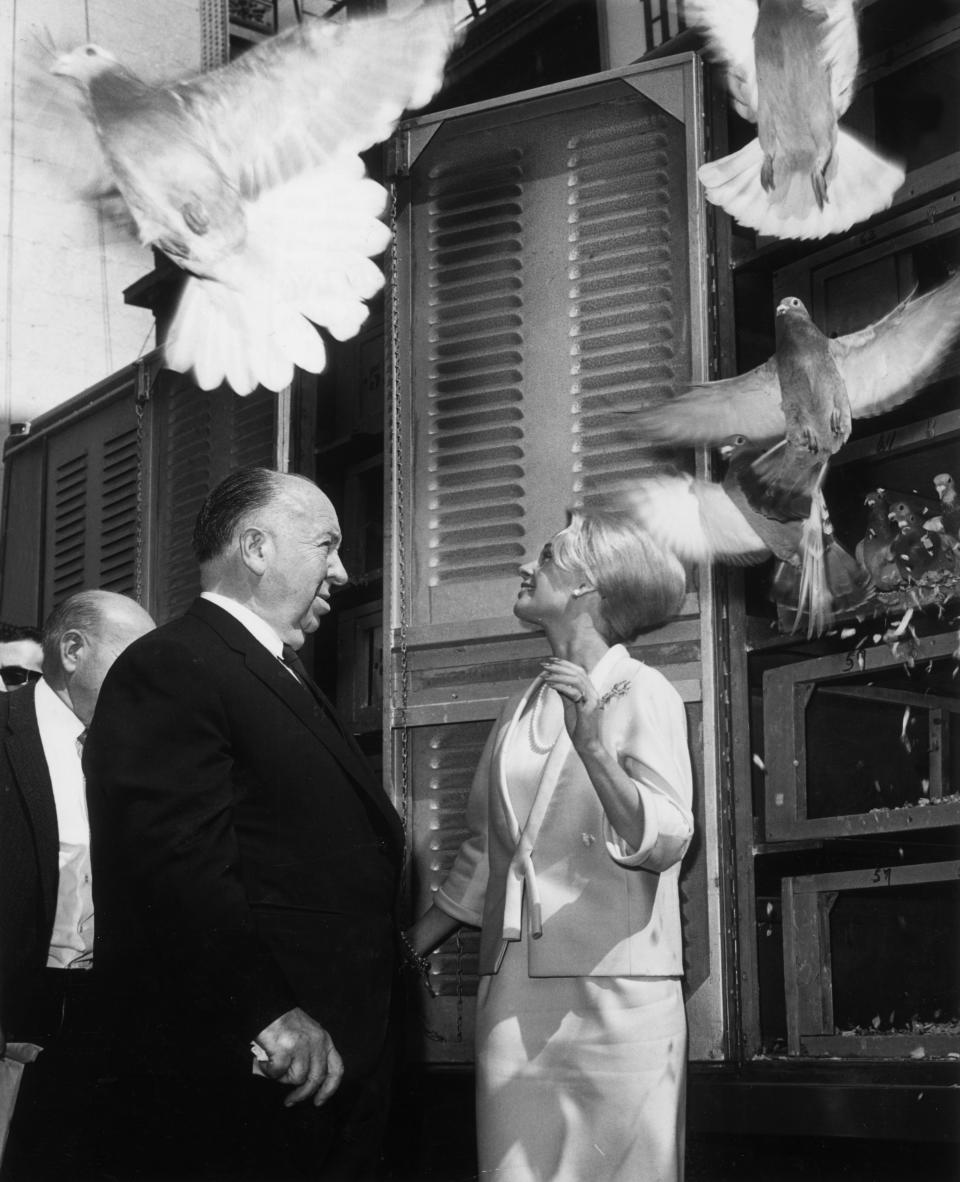
Hedren
“I was too focused on my own survival to notice, but I was told later that it was even more horrifying and heartbreaking for the crew to watch than the previous four days had been,” Hedren wrote of the situation in her 2016 memoir. “And there wasn’t a thing anyone but Hitchcock could do to put a stop to it.”
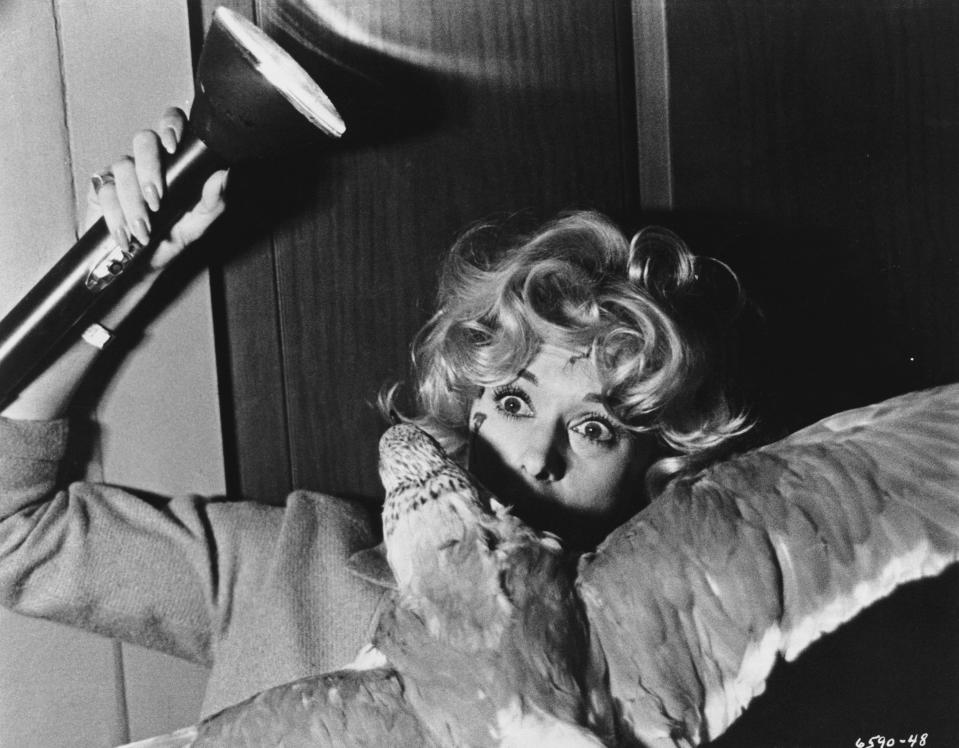
Hedren was pressured to come back to set, and only took a week's break from filming because a doctor allegedly all but forced Hitchcock to allow it.
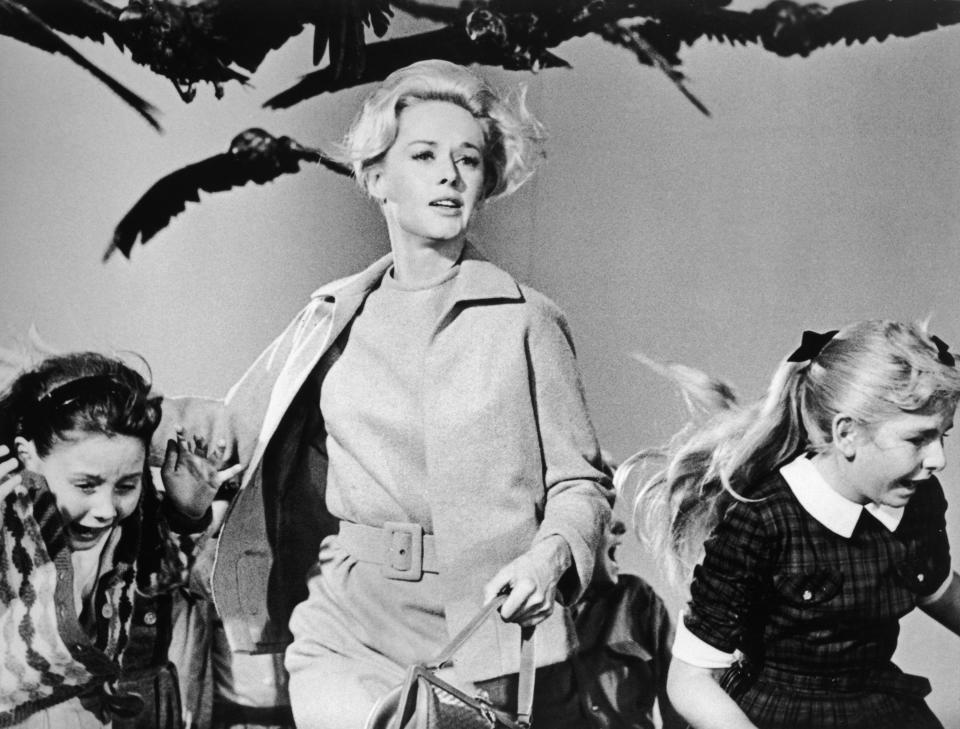
3.Ava Gardner had an abortion after getting pregnant by Frank Sinatra as, otherwise, her "career would be ruined," Jane Ellen Wayne revealed in The Golden Girls of MGM.
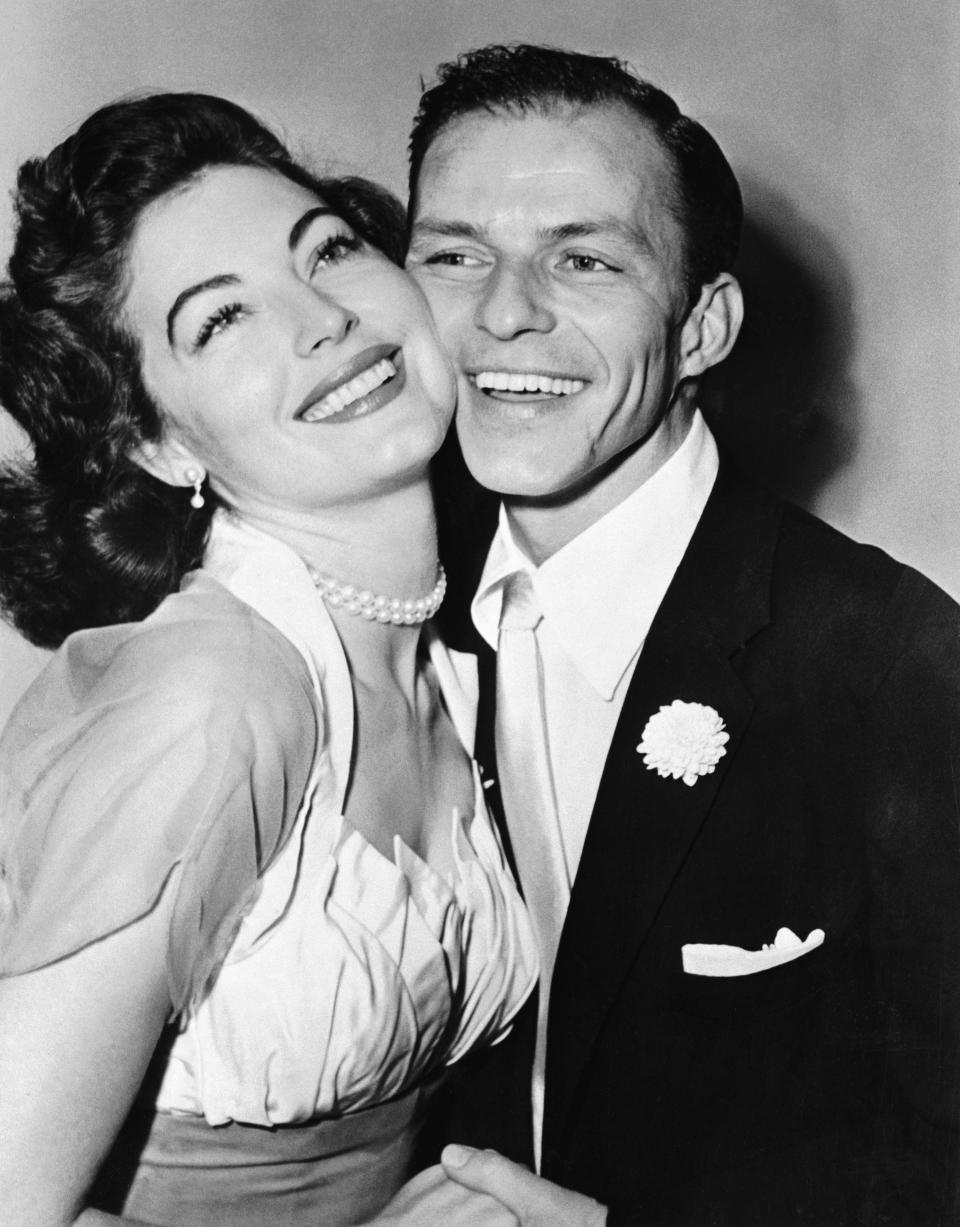
"MGM had all sorts of penalty clauses about their stars having babies," she quoted Gardner. "If I had one, my salary would be cut off. So how could I make a living? Frank was broke, and my future movies were going to take me all over the world. I couldn’t have a baby with that sort of thing going on."
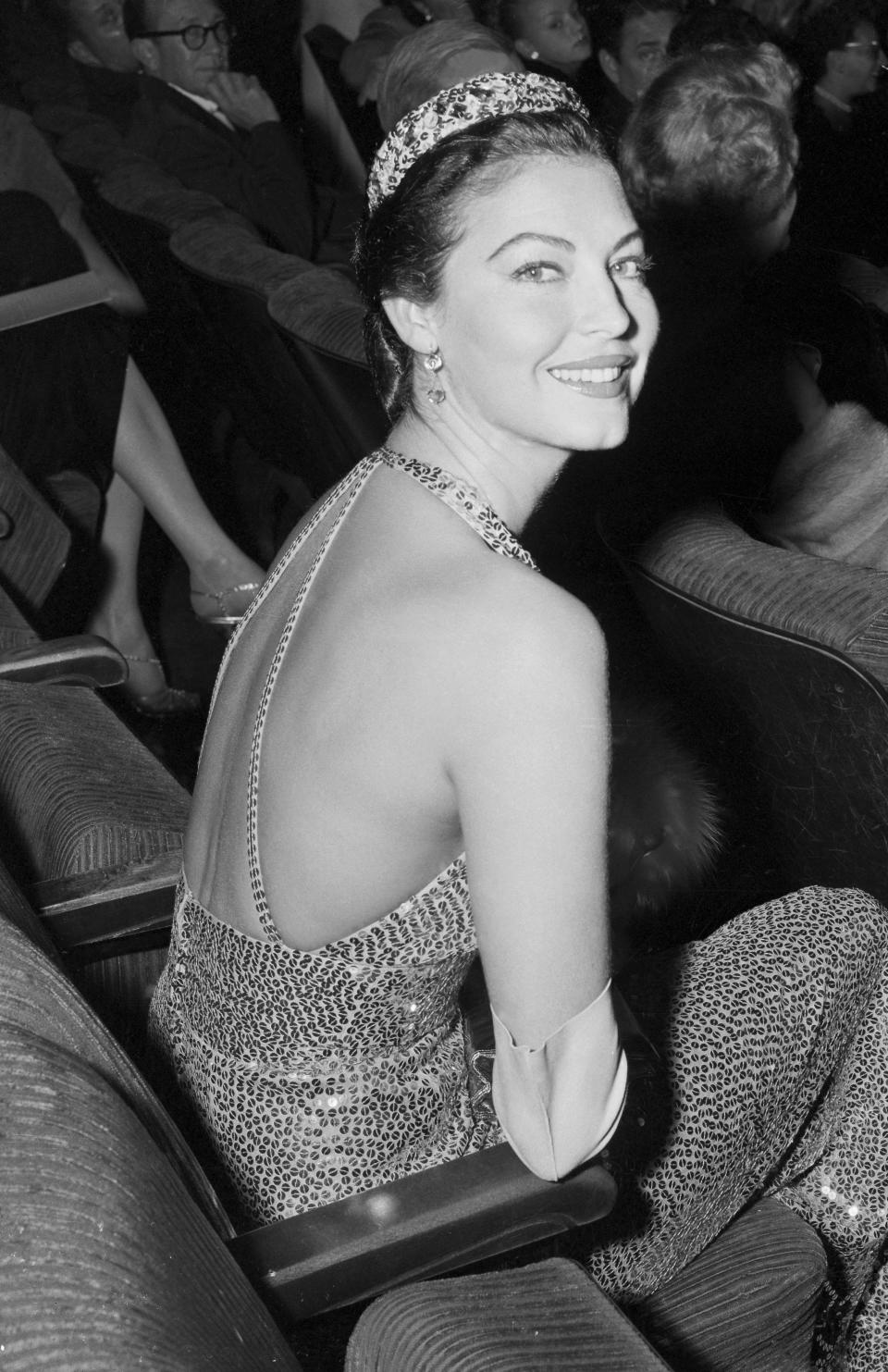
"MGM made all the arrangements for me to fly to London. Someone from the studio was with me all the time," she continued. "The abortion was hush hush [...] very discreet.”
4.A lot of actors were exposed to asbestos, which was commonly used as fake snow, after studios determined using cotton was a fire hazard.
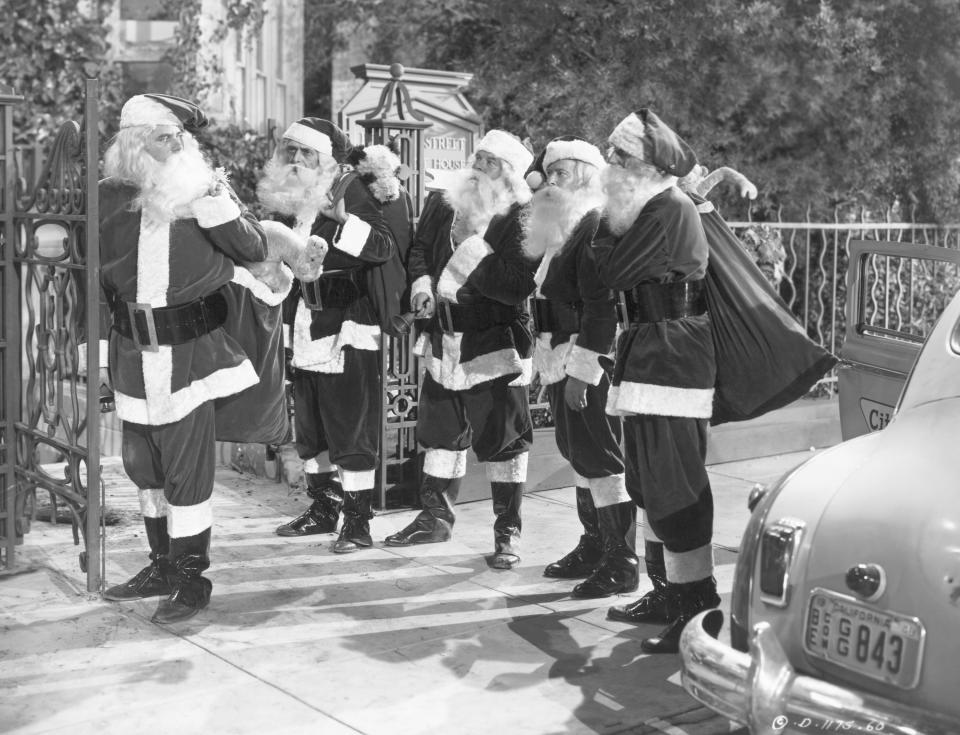
One of the biggest scenes to feature asbestos snow is in The Wizard of Oz, where the snow wakes Dorothy and her friends up from the Wicked Witch's spell.
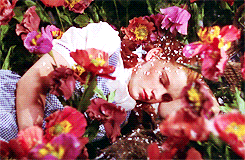
MGM Studios / Via giphy.com
Meanwhile, asbestos snow DID NOT fall on the set of It's A Wonderful Life — but it was still used for set decor.
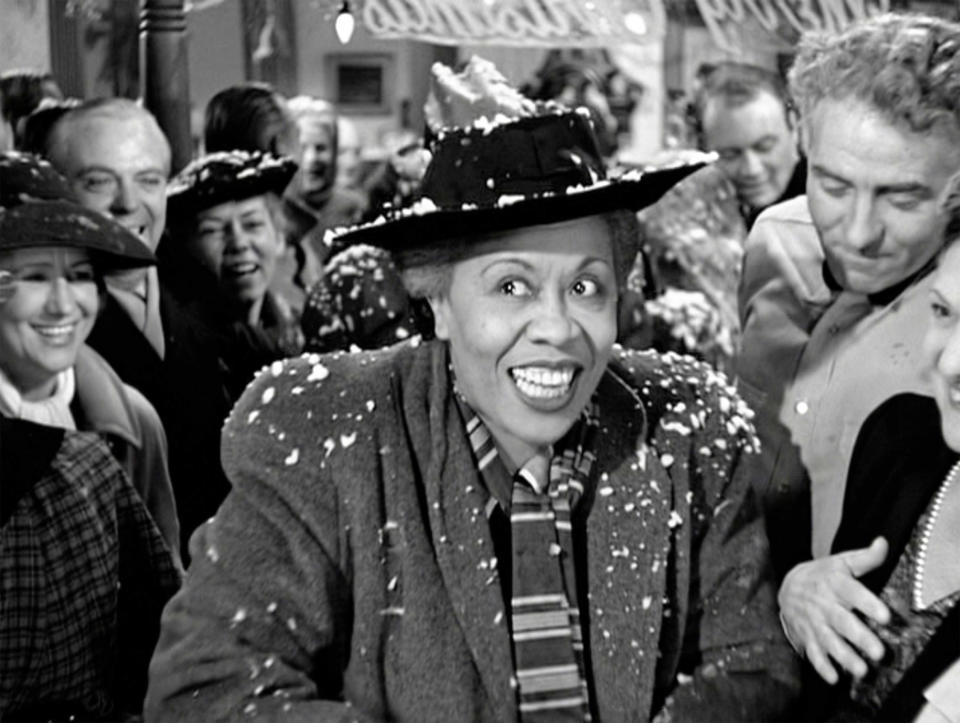
5.Speaking of The Wizard of Oz, Margaret Hamilton wore toxic face paint while making the film which forced her to adhere to a liquid-only diet on set.
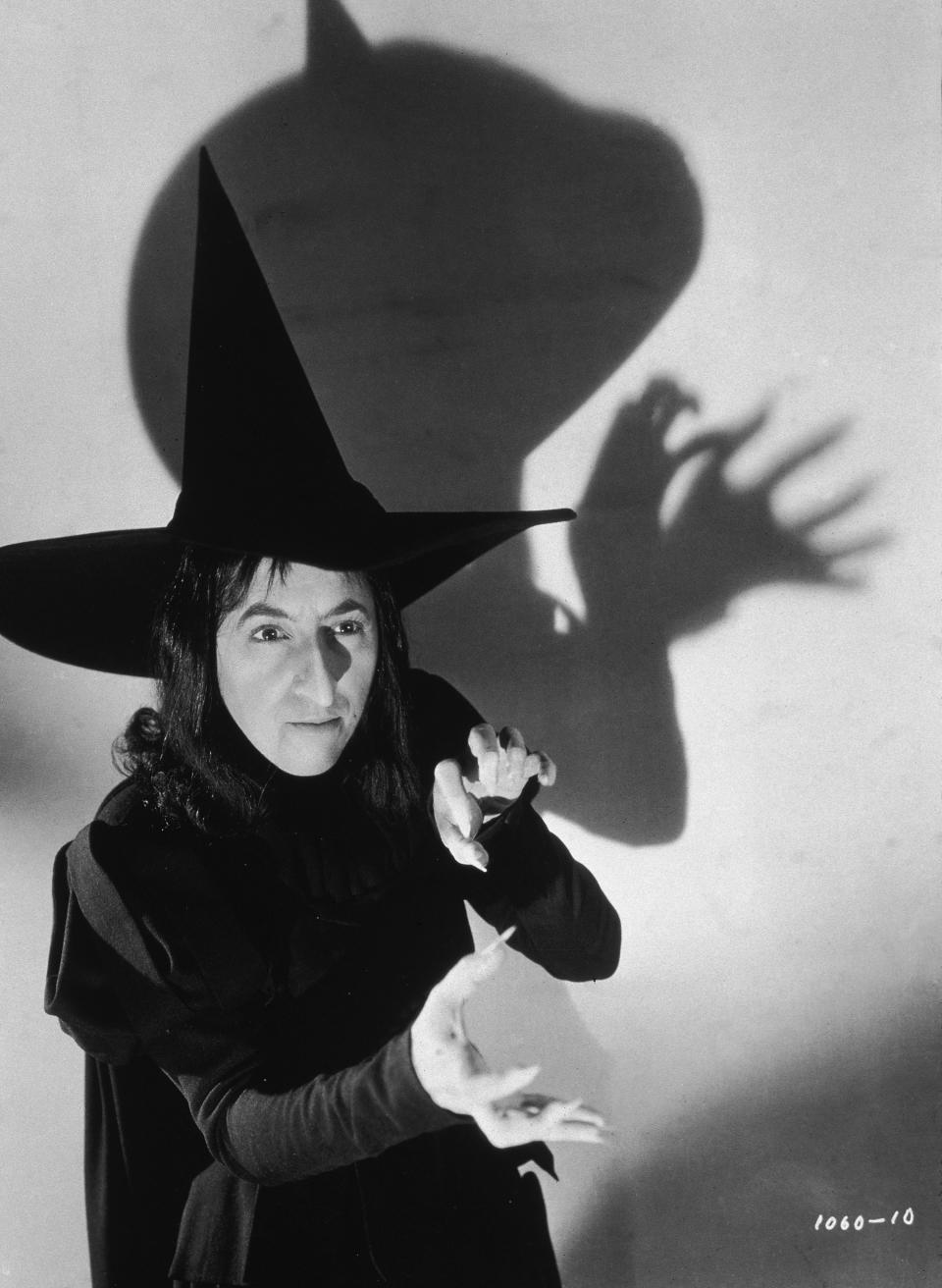
Jack Young, the makeup artist responsible for getting Hamilton into character, explained, "Green is toxic because it’s made with copper. Every night when I was taking off the Witch’s makeup, I would make sure that her face was thoroughly clean. Spotlessly clean. Because you don’t take chances with green."
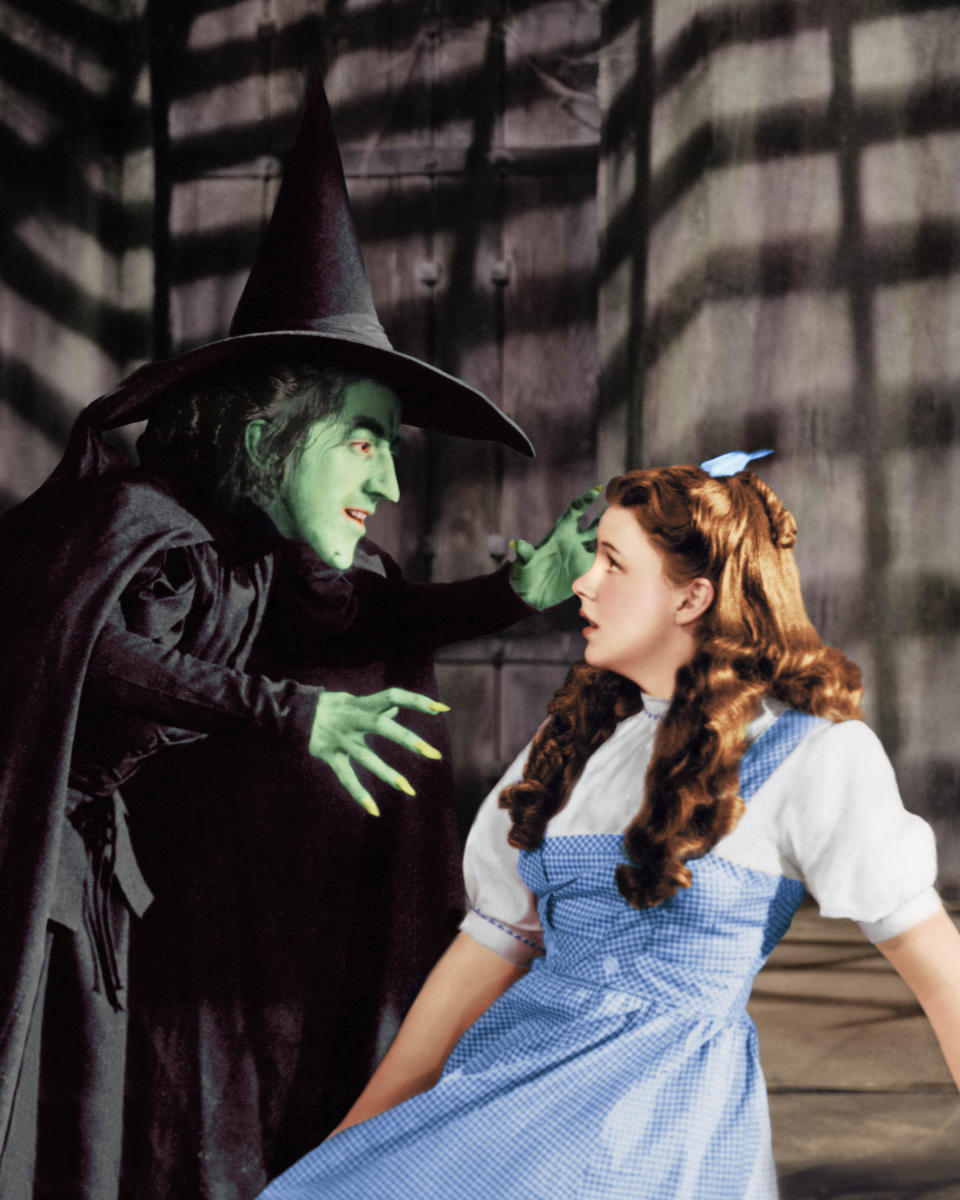
The paint was also toxic to ingest, which is why Hamilton couldn't risk eating while wearing the face paint. The team determined it was safest for her to drink liquids through a straw when hungry on set.

6.The Conquerer was filmed too close to a nuclear testing facility, causing serious medical damage to many who worked on the film.
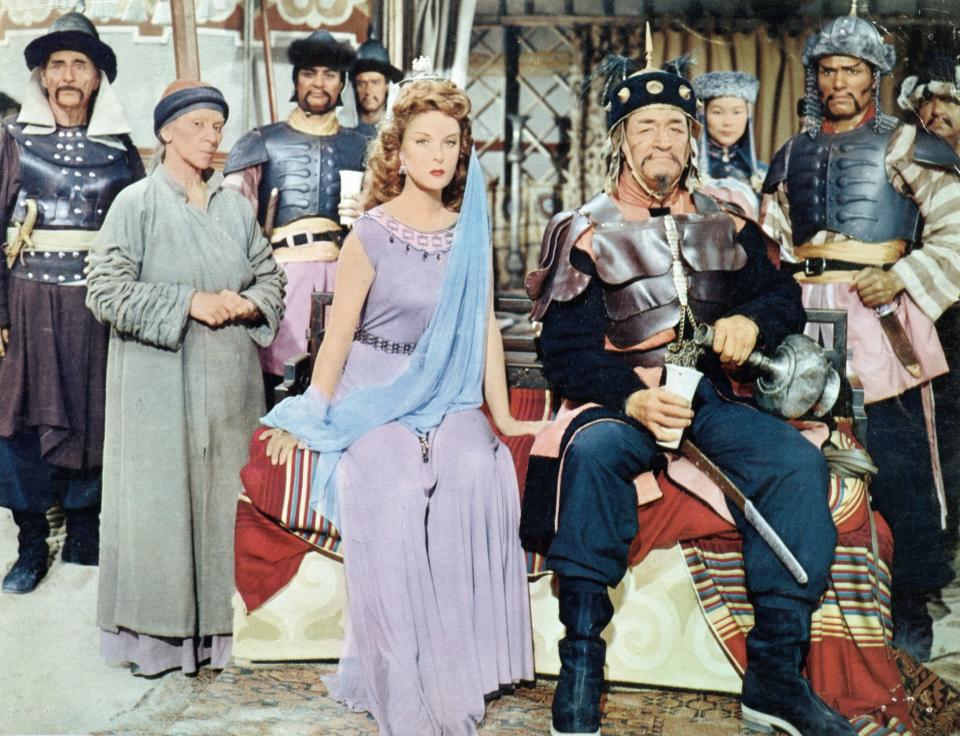
Over a decade after the 1956 film, cast and crew members started to get sick, with many being diagnosed with varying forms of cancer believed to be caused by the toxic filming environment, which all parties involved were assured was fine.
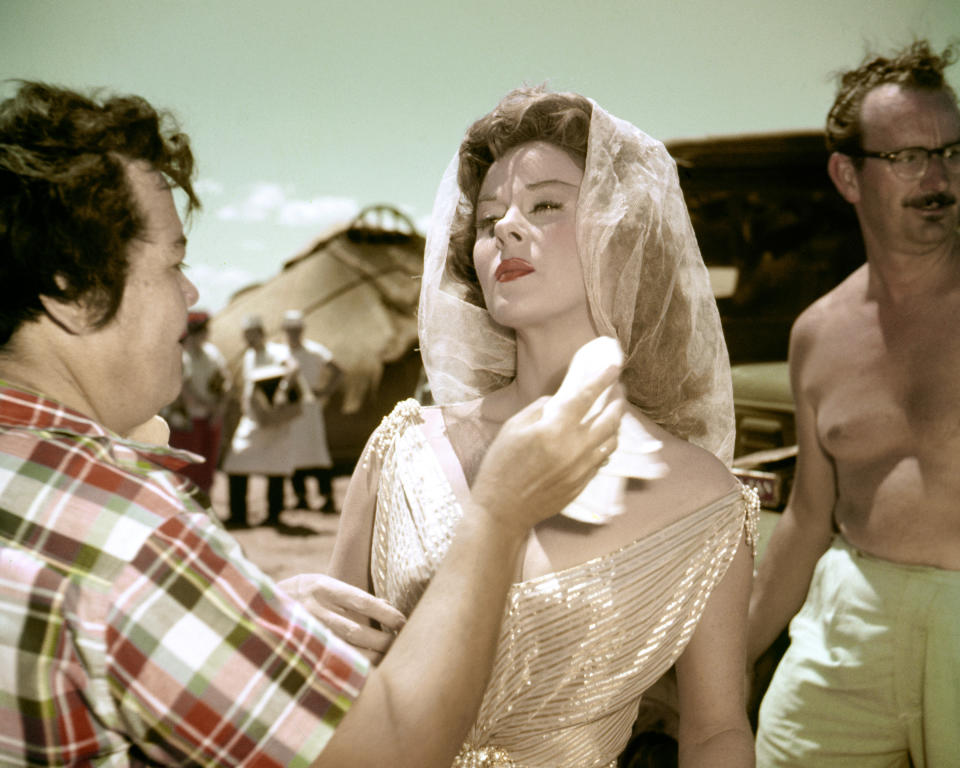
It's believed that 91 of the 220 cast and crew members were diagnosed with cancer by 1980, according to PEOPLE. Forty-six of them (including John Wayne, Susan Hayward, and Dick Powell), died of the disease.
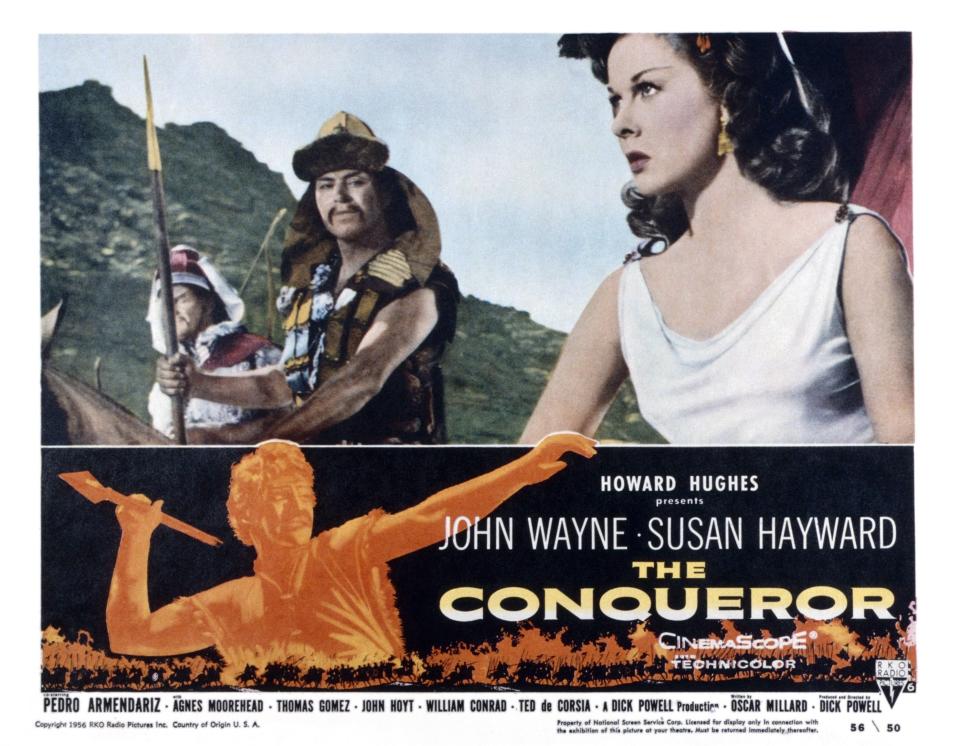
7.Cast and crew members on The African Queen dealt with dysentery from drinking the water, and malaria from the mosquitos.
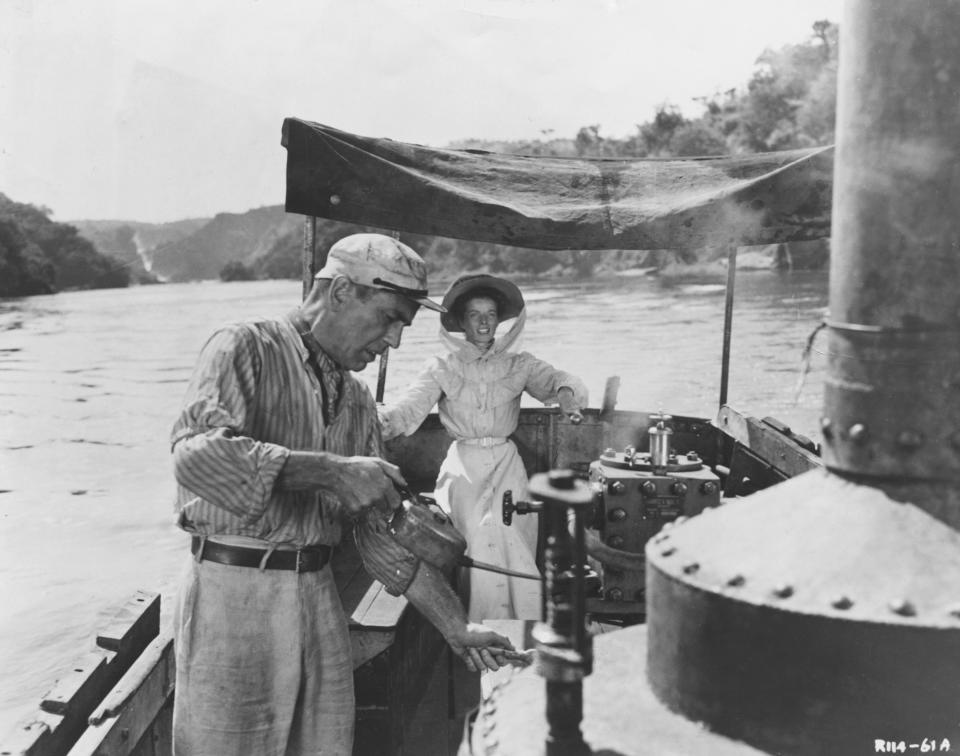
John Huston and Humphrey Bogart weren't drinking water, however — they managed to avoid dysentery because of their whiskey drinking.

"All I ate was baked beans, canned asparagus, and Scotch whiskey," Bogart later recalled, per The Guardian. "Whenever a fly bit Huston or me, it dropped dead."
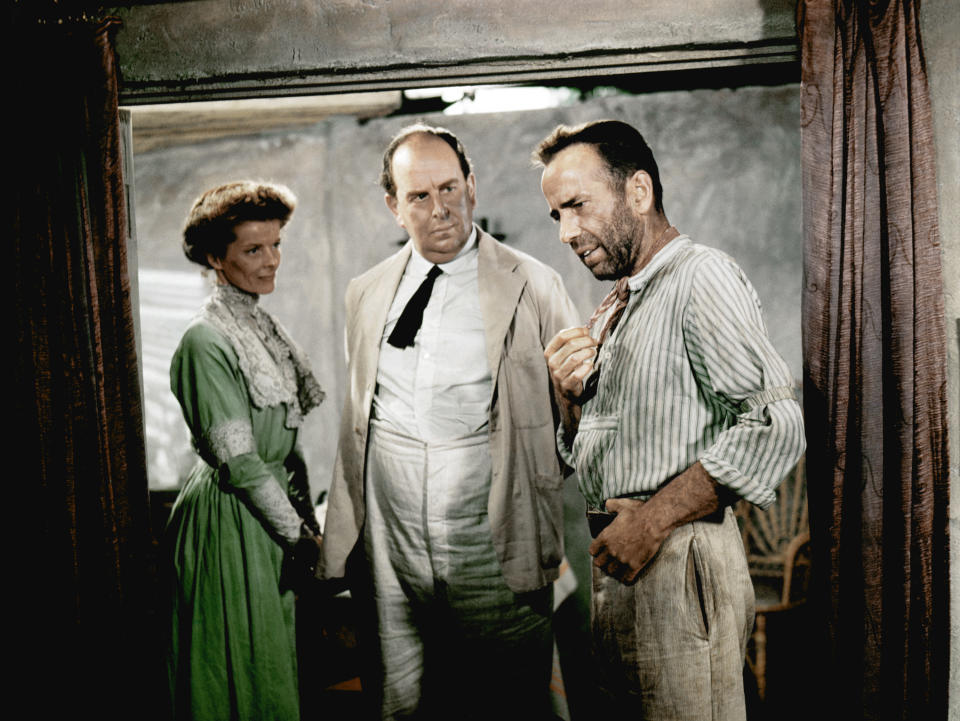
8.Hattie McDaniel wasn't allowed to sit with her castmates on the night she won her historic Oscar.
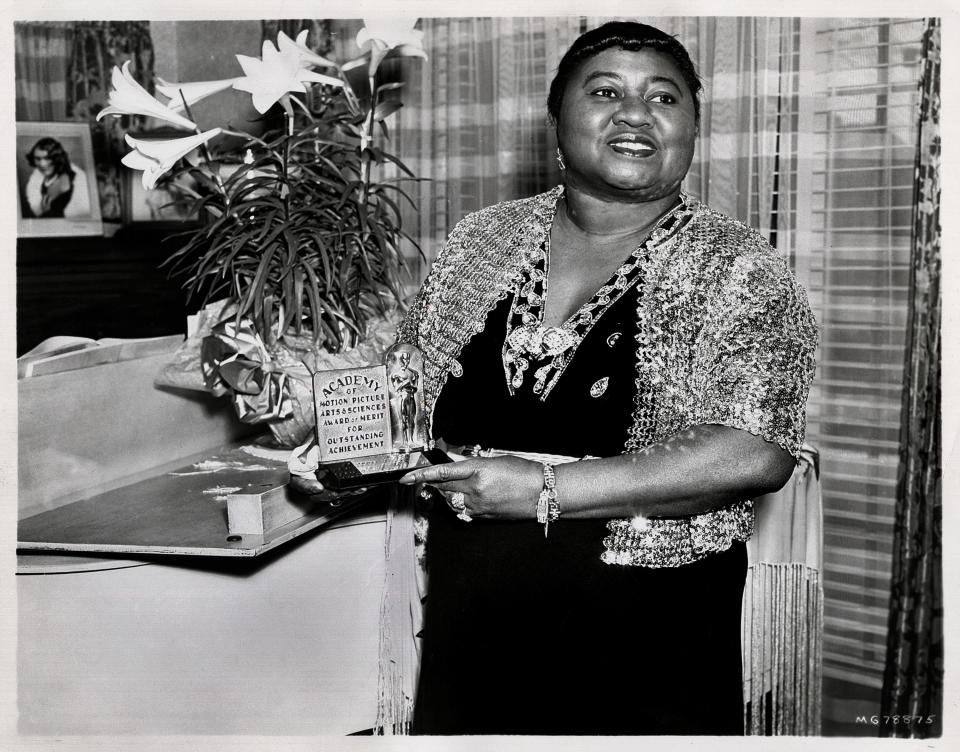
At the 1940 Oscars ceremony, McDaniel was forced to sit toward the back of the auditorium, as the hotel where the ceremony took place — the Cocoanut Grove nightclub in The Ambassador Hotel — had a "strict no Blacks policy."
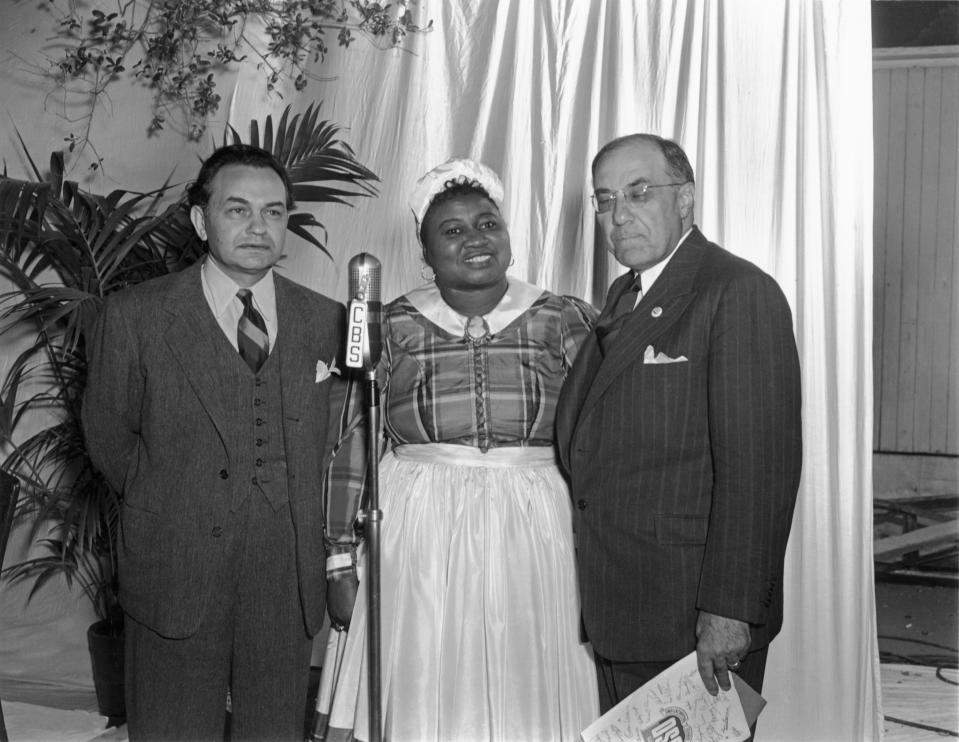
McDaniel went on to take home the award for "Best Supporting Actress" for the film, becoming the first Black actor to win an Academy Award ever — despite not being allowed to sit with her own cast and crew.
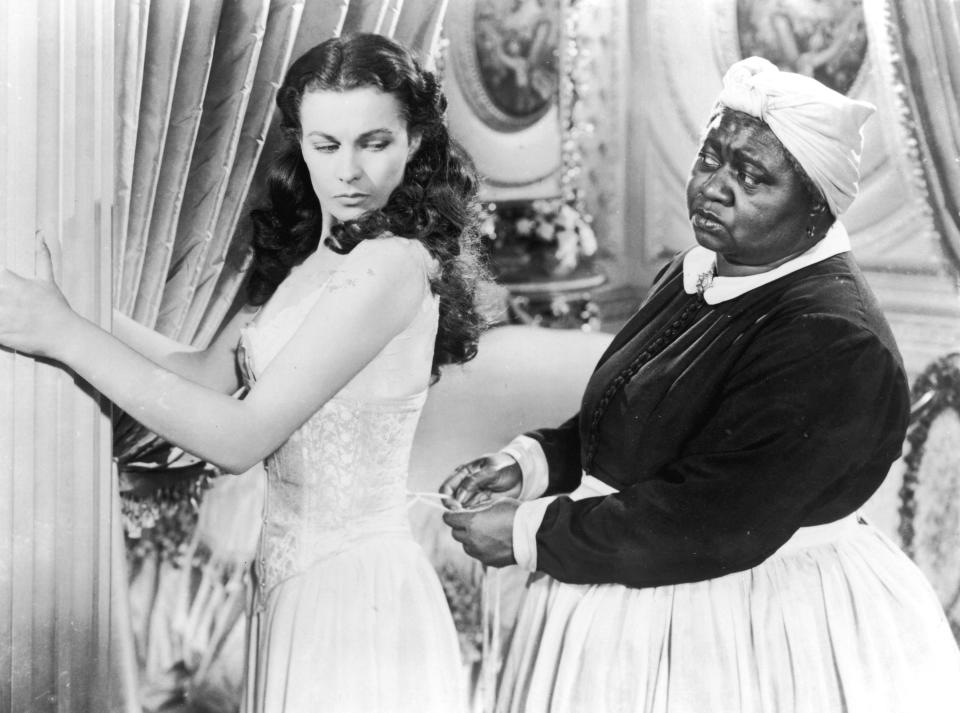
9.While there were "no-drug-use policies" from big Hollywood studios, actors were connected with doctors who would provide "vitamins" to help talent keep up with arduous schedules.
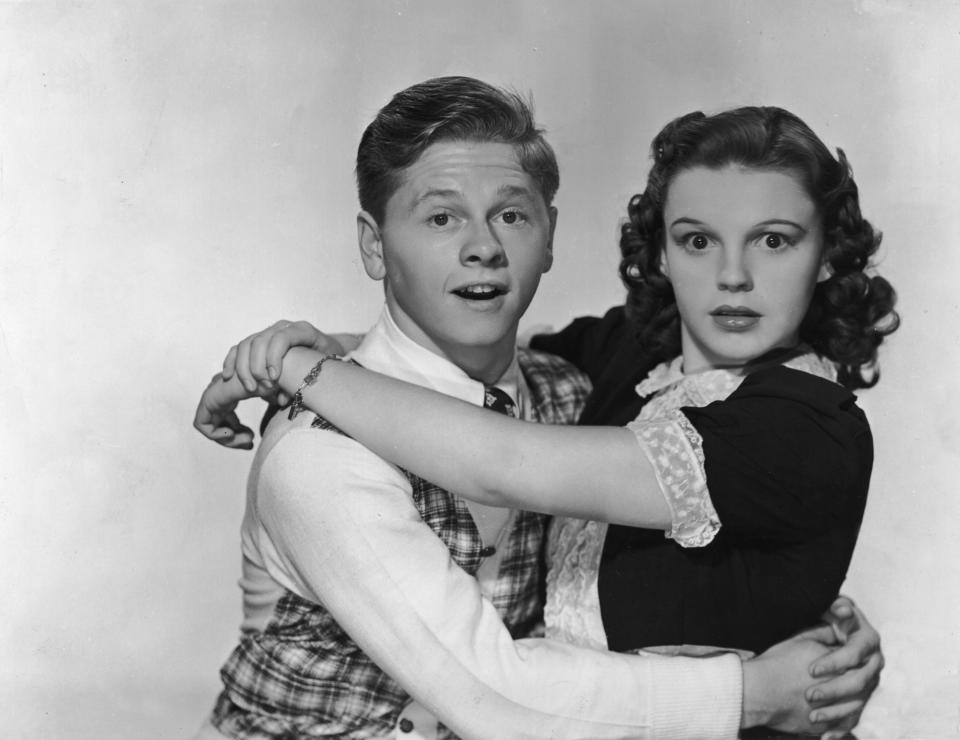
Judy Garland told her biographer, "They’d give [me and Mickey Rooney] pills to keep us on our feet long after we were exhausted. Then they’d take us to the studio hospital and knock us out with sleeping pills."
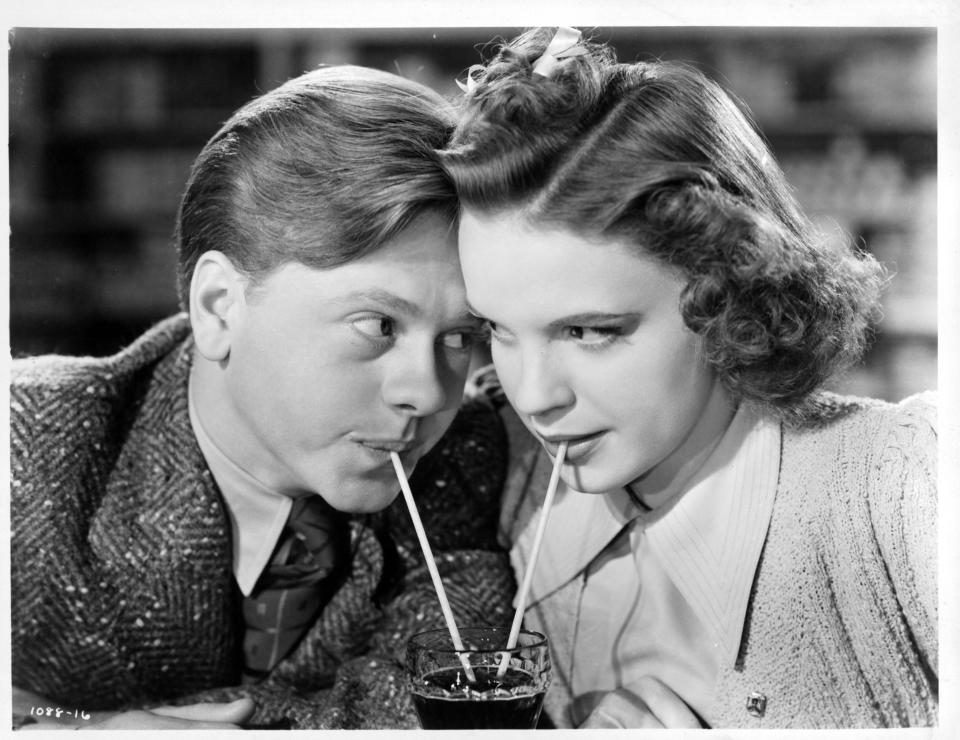
"Then after four hours, they'd wake us up and give us the pep pills again so we could work 72 hours in a row," Garland continued. "Half of the time, we were hanging from the ceiling, but it was a way of life for us."
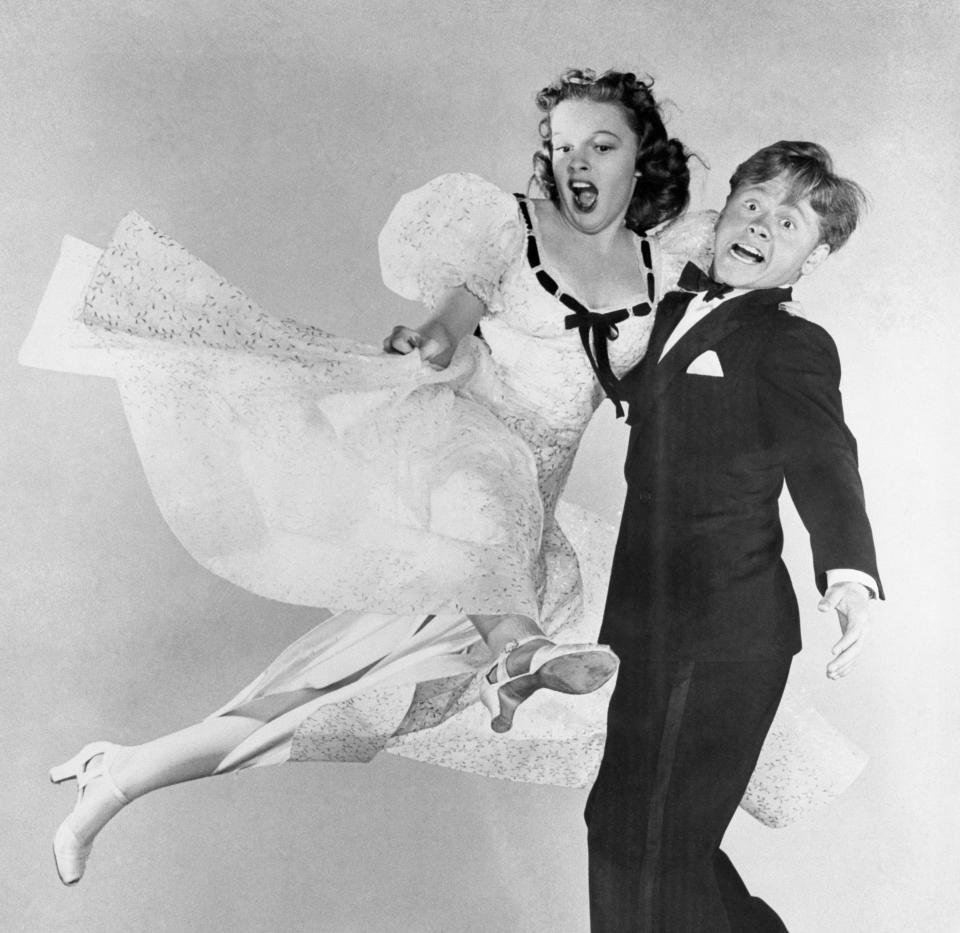
10.Gene Kelly so aggressively critiqued Debbie Reynolds's dancing while filming Singin' In the Rain that she hid under a piano, crying during rehearsals.
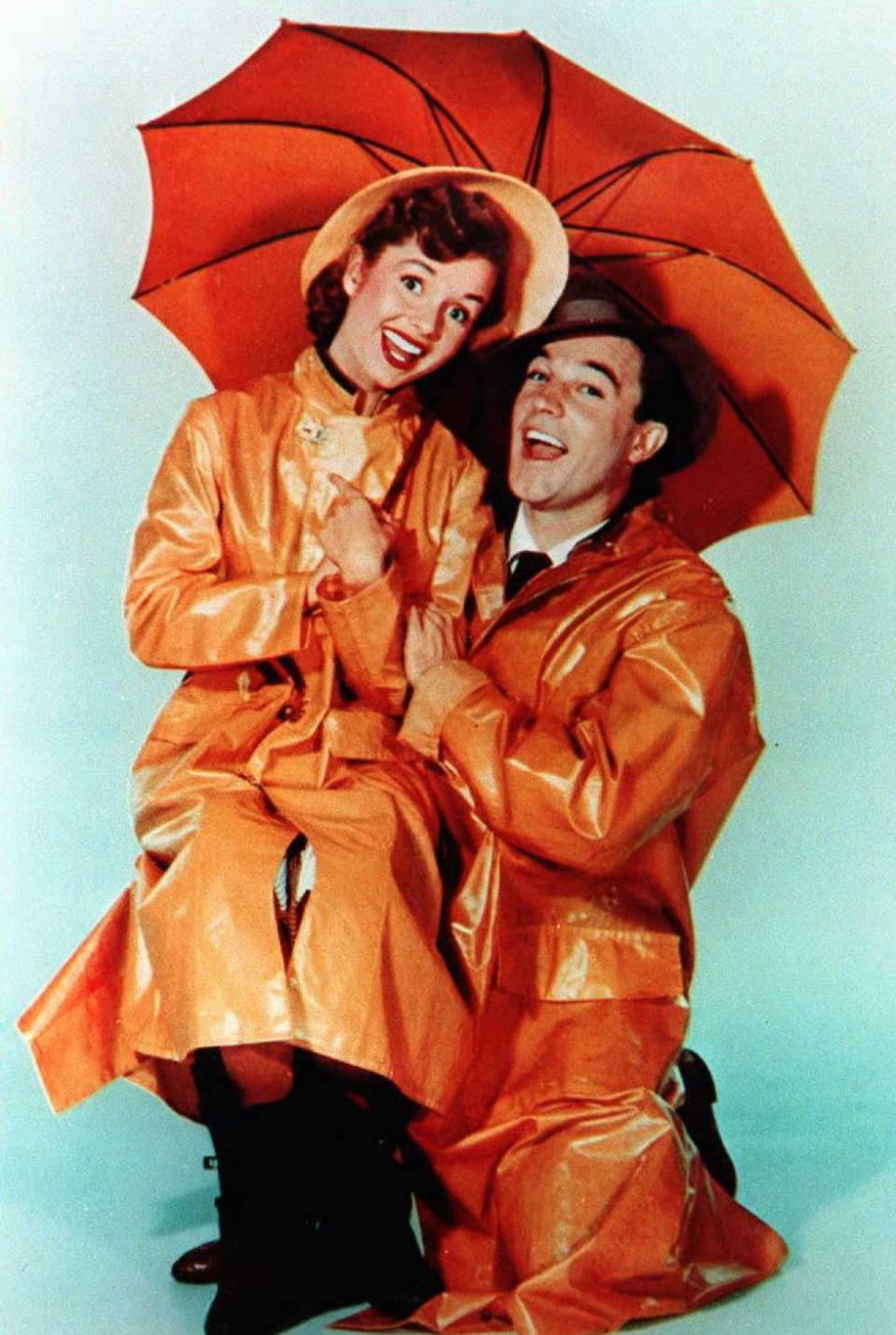
Kelly also allegedly forcibly French kissed Reynolds during a scene, causing her to gag and ask for Coca-Cola to rinse her mouth out with.
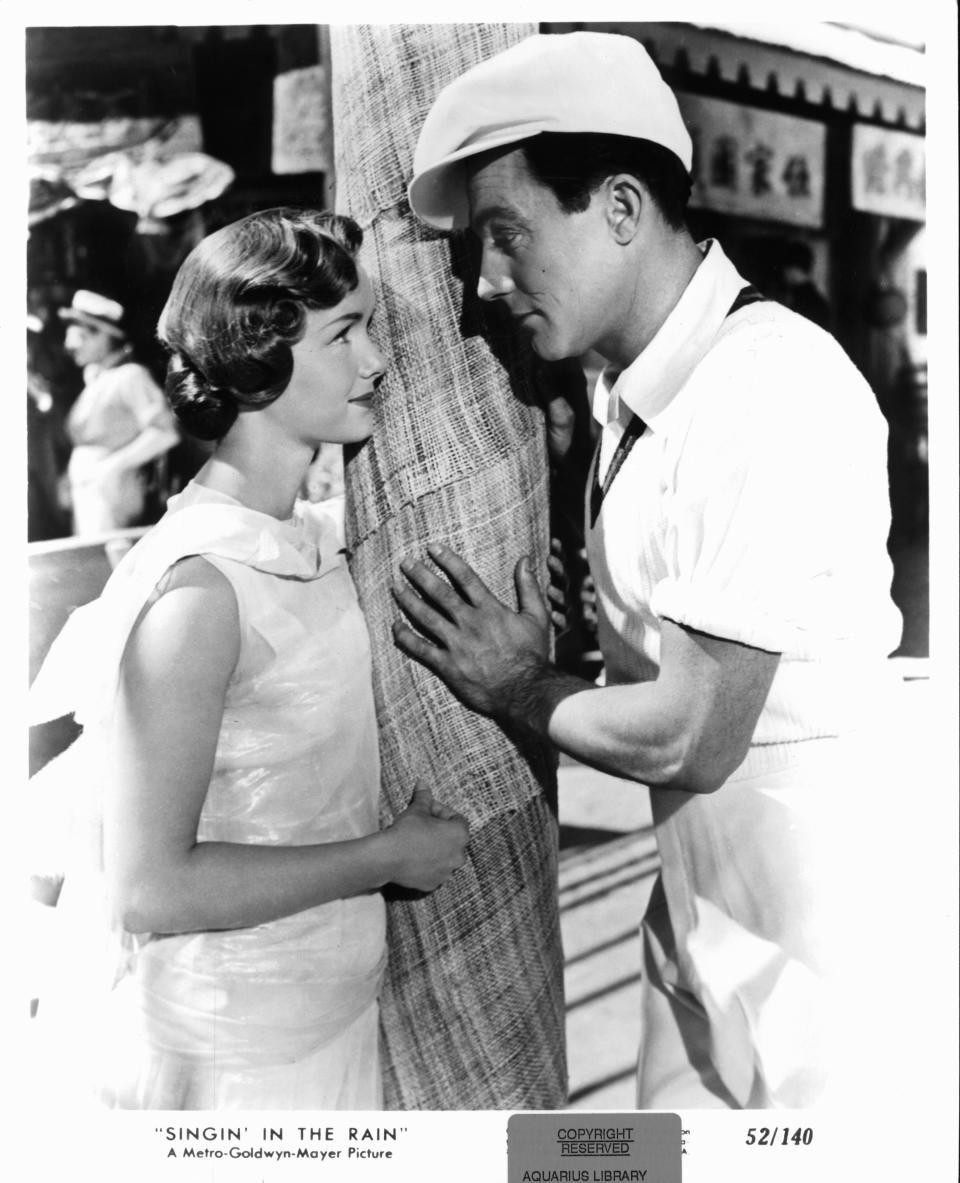
"It was the early 1950s, and I was an innocent kid who had never been French-kissed. It felt like an assault," the actress wrote in her memoir, Unsinkable. "I was stunned that this 39-year-old man would do this to me."
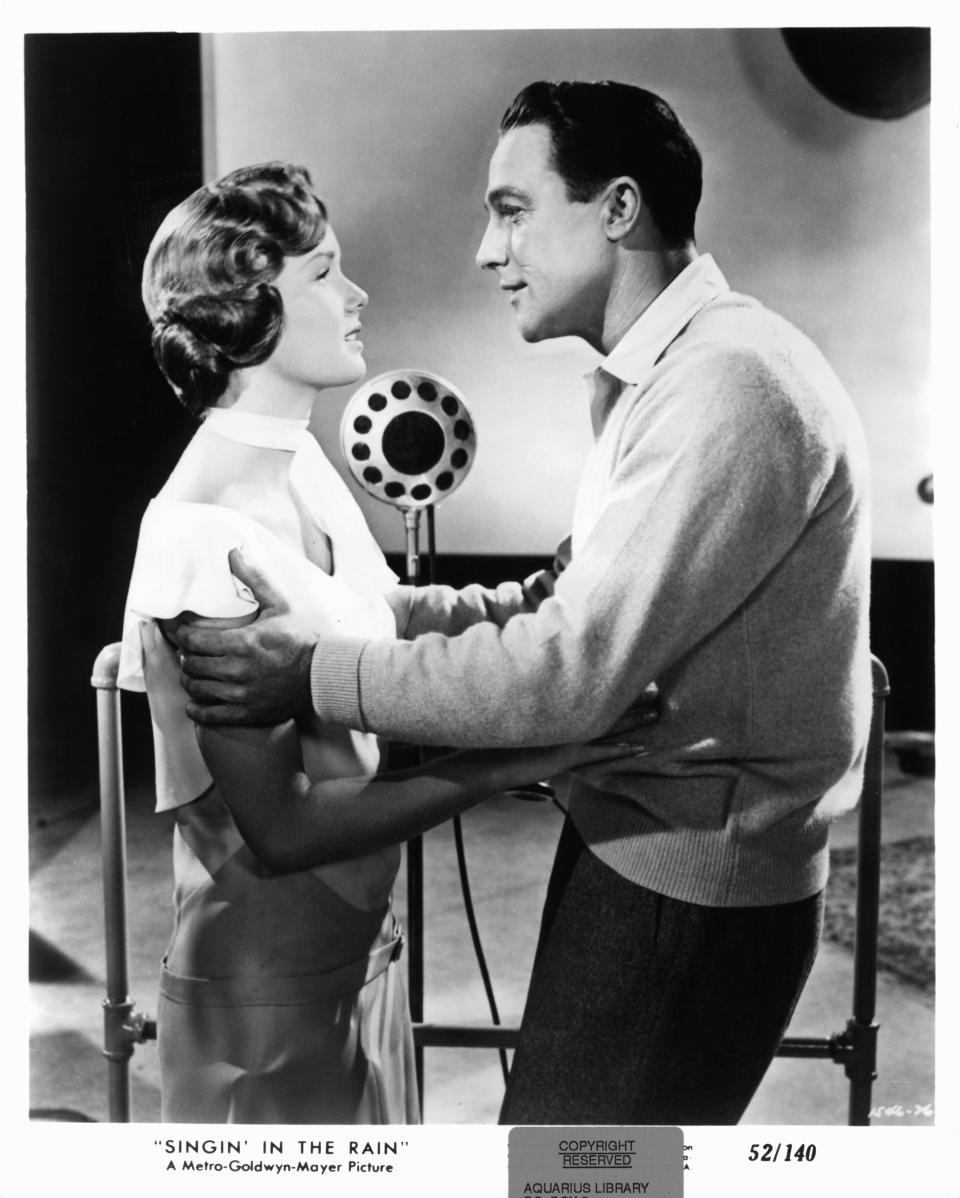
11.The making of The Misfits became a legend after all three of its big-name cast members experienced tragedy during and after production.
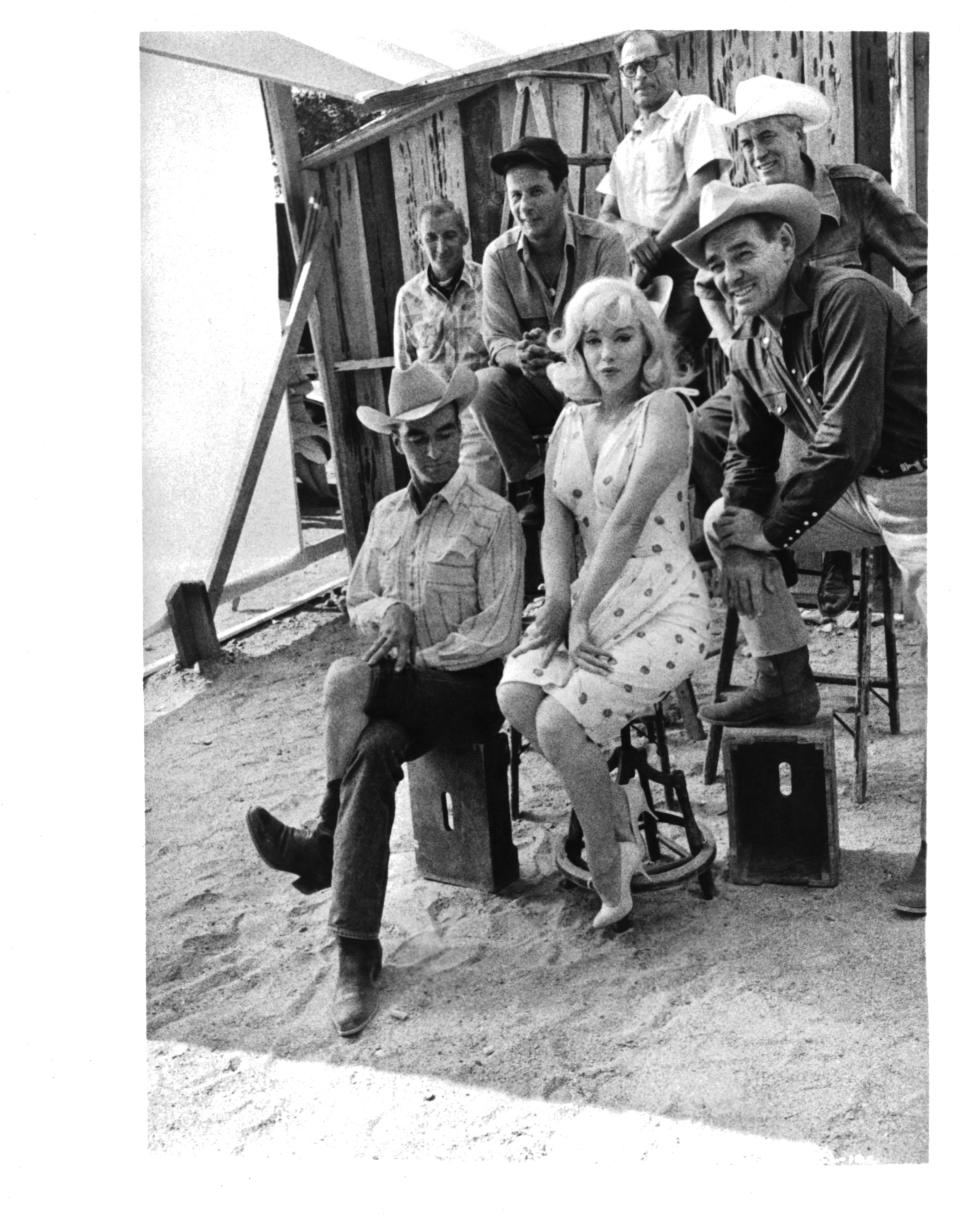
Clark Gable died of a heart attack days after the film wrapped. Marilyn Monroe's marriage with Arthur Miller — who wrote the role as a serious vehicle for her — fell apart, and she died one year later of an overdose.
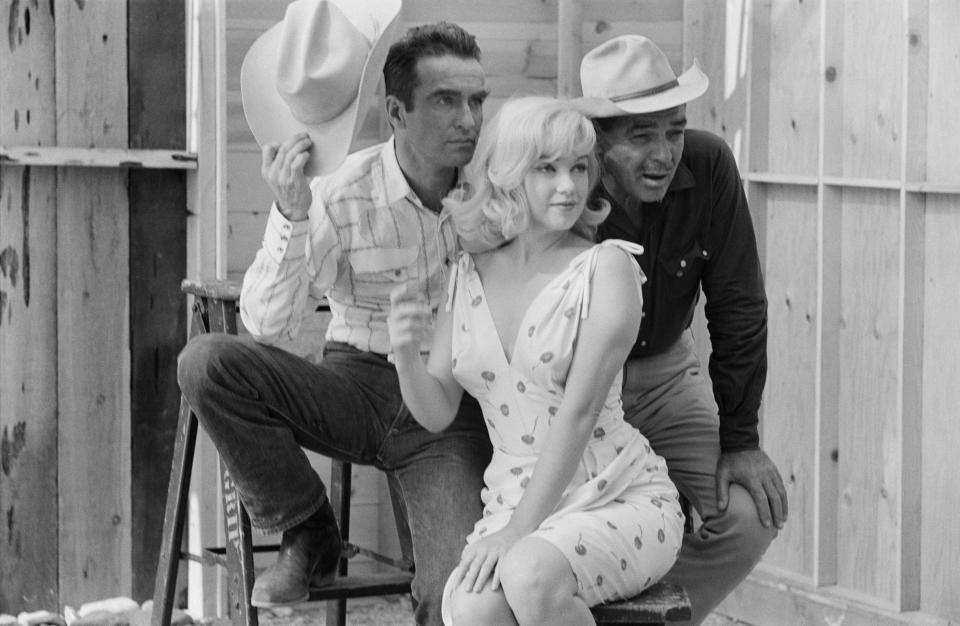
Meanwhile, co-star Montgomery Clift wouldn't die until years later, but he reportedly refused a rewatch of the film mere hours before his death by a heart attack.
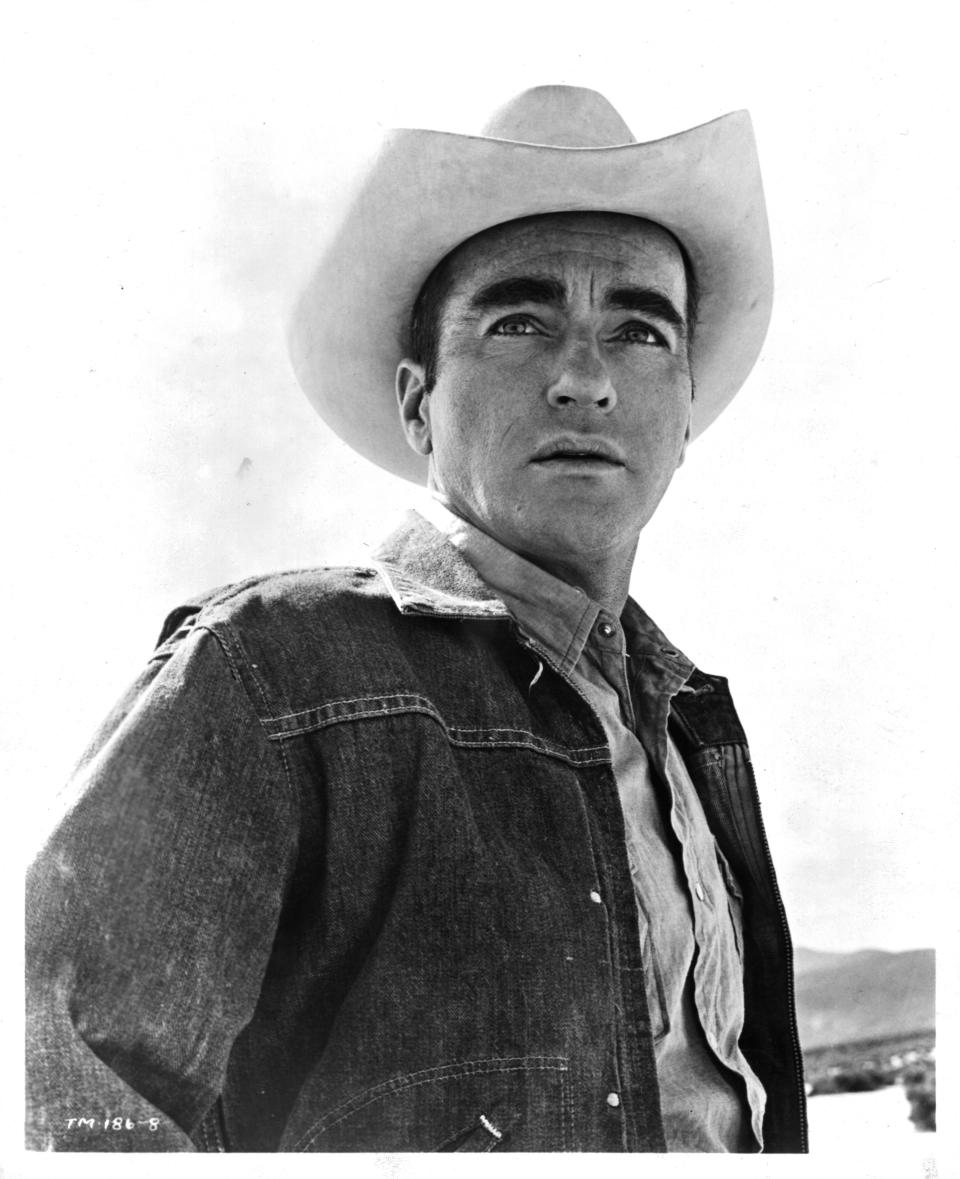
12.Peg Entwistle was a promising young starlet whose Broadway success helped her go to Los Angeles to further her acting career. Sadly, she would get just one role, in the 1932 thriller Thirteen Women, before her life ended tragically.
Unfortunately, Entwistle is best known today for how she died. The actor died by suicide after jumping from the "H" on the "Hollywood" sign.
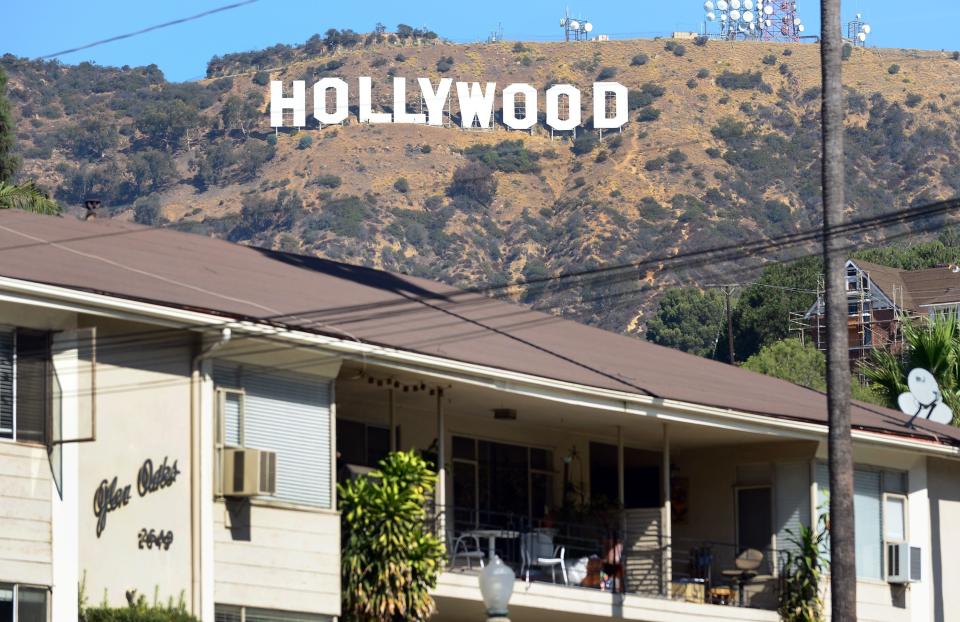
Later, the hiker who found her belongings shared an anonymous statement with The Lewiston Daily Sun, saying: "I was hiking on Hollywood mountain, and near the Hollywoodland sign, I found a woman's shoe jacket and purse. In the purse, I found a suicide note. I looked down the mountain and saw a body. I don't want any publicity in this, so I wrapped up the purse, shoe, and jacket and laid the bundle on the steps of the Hollywood police station."
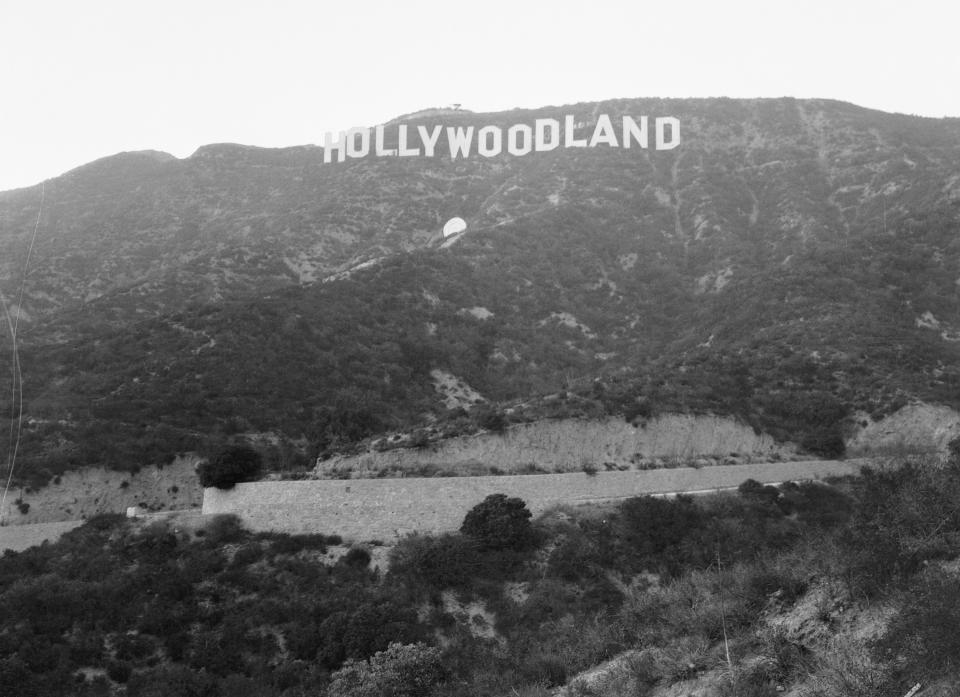
13.And finally, Natalie Wood's death wasn't the only tragic aspect of her life: she was also abused by her mother, a stage mom, who instilled a fear in her connected to her drowning.
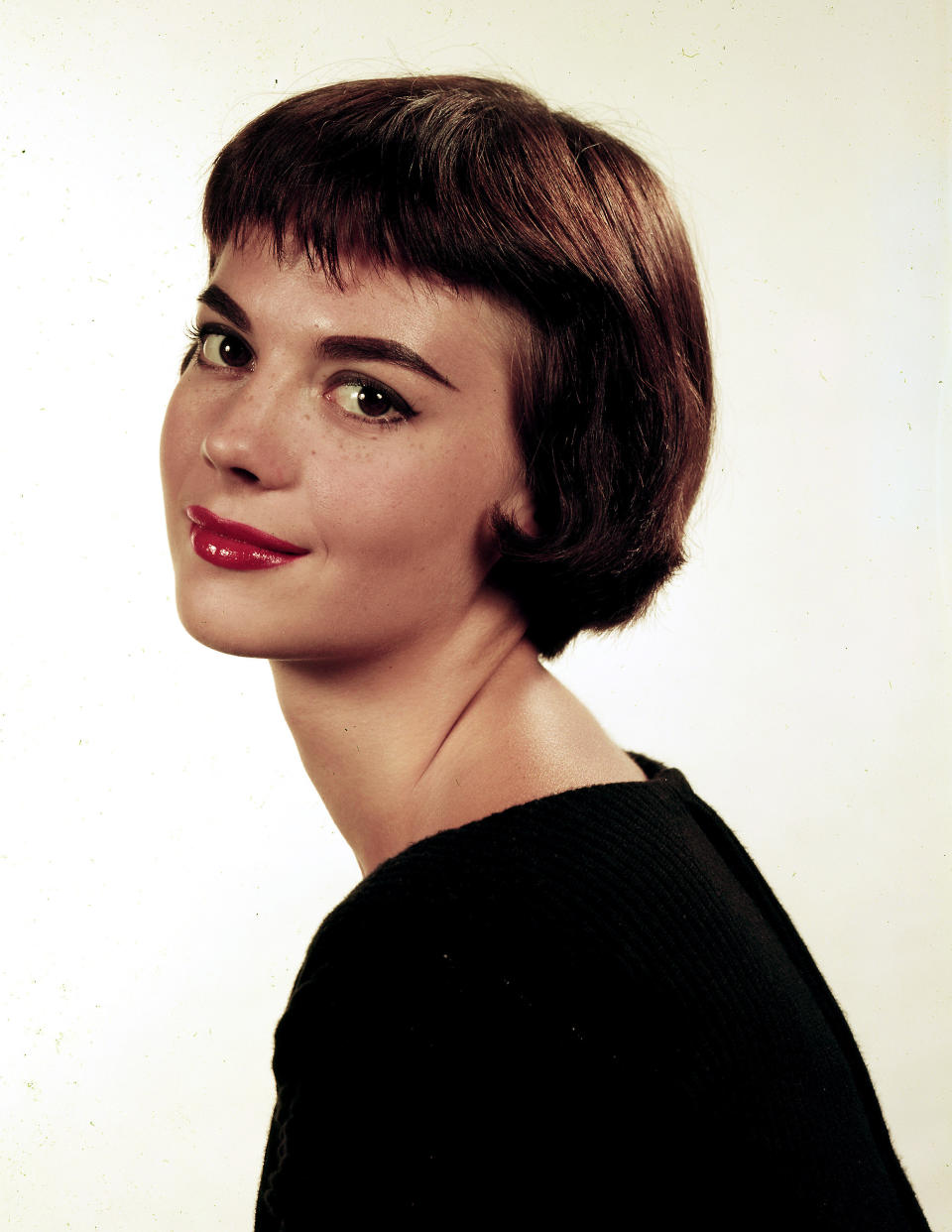
A psychic had once warned Wood's mother that she would die in "dark water" and she instilled in Wood a fear so thorough she wouldn't even use her home swimming pool.
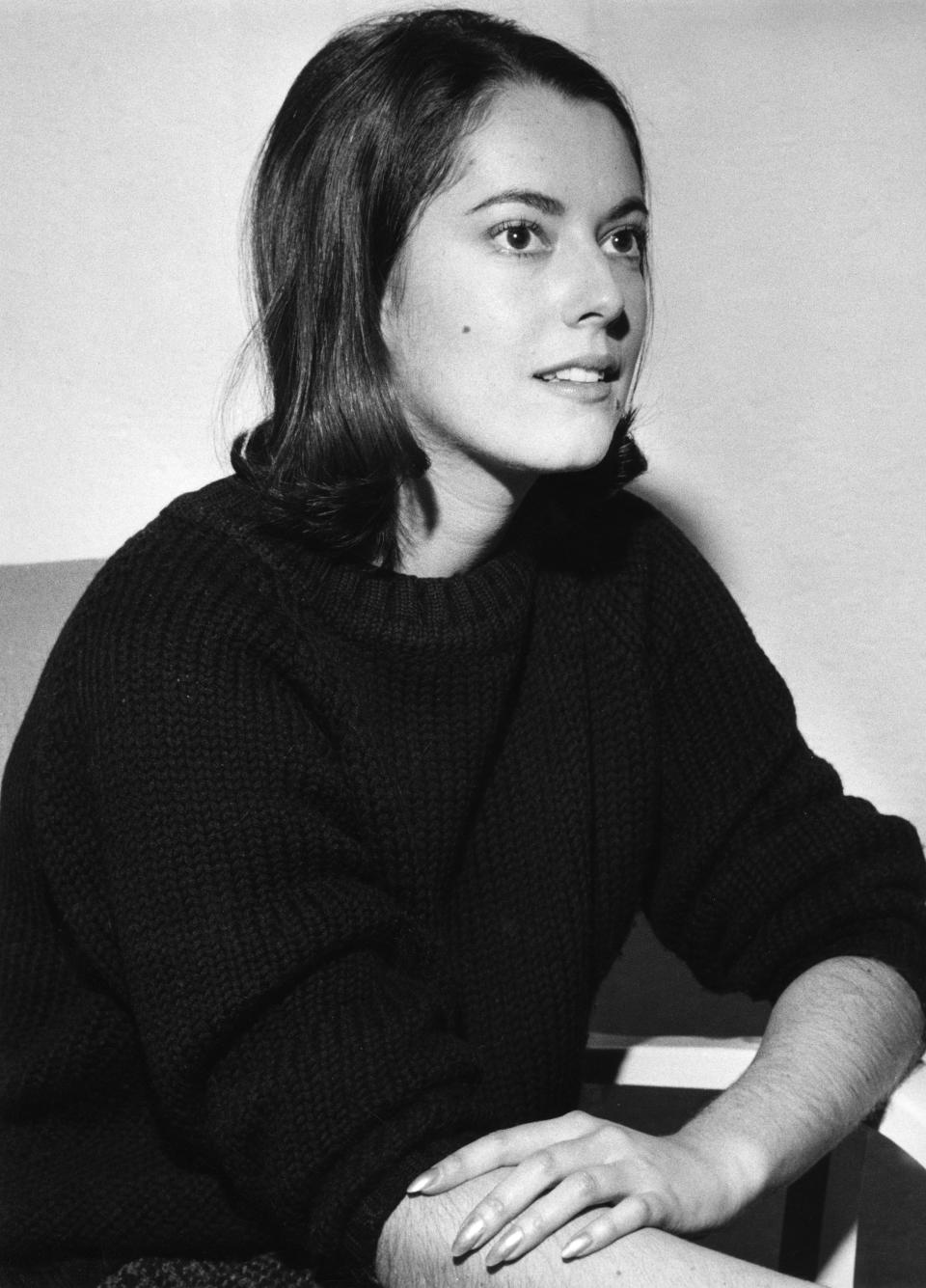
At the age of 43, Wood was found dead in the water with little explanation. Though her death was originally ruled an accident, it was later determined a drowning, leaving questions as to how the incident of her death transpired.
